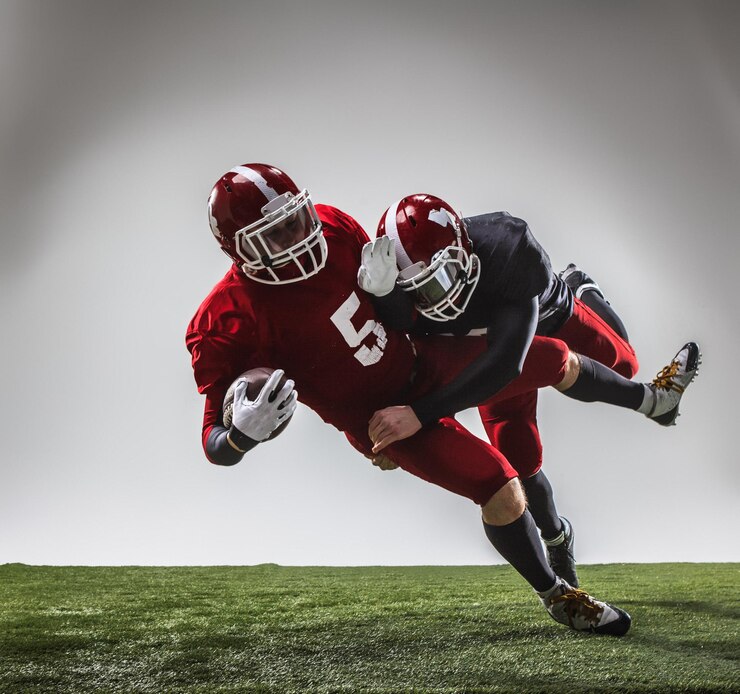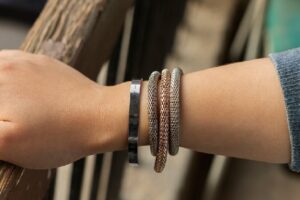Determining the type and severity of olave injury should be prioritized

Determining the type and severity of olave injury should be prioritized
“Analysing Olave Injury: Potential Long-Term Effects and Recovery Challenges”
In sports, players and teams must deal with the unavoidable fact of injuries. They affect not just the performance of the individual athlete but also the dynamics, tactics, and general morale of the team. One recent Olave injury that has garnered a lot of attention and worry is that of [insert complete name of athlete], a vital member of [insert team or sport]. In this piece, we explore Olave injury’s possible long-term consequences as well as the difficulties he must overcome to heal.
Comprehension of Olave Injury
Priority should be given to determining the type and severity of Olave injury. Each type of injury, whether it’s a fracture, sprain, or tear of a ligament, has different consequences for how quickly an athlete recovers. The athlete’s age, past Olave injury history, and general physical state are other variables that may affect the long- and short-term prognoses.
Possible Long-Term Repercussions:
An Olave injury might have long-term consequences that go well beyond the time spent recovering. Olave and other athletes whose performance is primarily dependent on speed, agility, and physical strength may find it difficult to compete at the same level due to the injury’s aftereffects. Even after they have technically recovered from the injury, athletes frequently have muscle imbalances, diminished flexibility, and changed biomechanics.
Moreover, one cannot undervalue the psychological effects of a severe Olave injury. An athlete’s mental health may suffer as a result of dissatisfaction from being sidelined, loss of confidence, and fear of re-injury. Athletes may experience anxiety, depression, or other mental health issues occasionally when juggling the psychological and physical demands of recovery.
Challenges in Recovering:
It is rarely an easy process to recover from a major Olave injury. Patience, commitment, and a thorough rehabilitation programmed customized to the athlete’s unique requirements are necessary. But Olave and other athletes can face the following difficulties along the way:
Physical Therapy: Olave injury may require weeks or even months of physical therapy to restore range of motion, flexibility, and strength, depending on the degree of the Olave injury. With daily exercises, therapies, and frequent evaluations by medical professionals, this procedure can be rather taxing.
Managing Pain and Discomfort: Athletes have to find a balance between pushing their limits and preventing more injuries, thus pain management is an essential part of the healing process. Achieving the best possible healing without sacrificing long-term health requires finding the ideal balance between medication, therapy modalities, and rest.
Returning to Play Safely: Determining when Olave is prepared to resume competitive play may prove to be the biggest obstacle. While waiting too long may result in frustration and doubts about his future in the sport, rushing back too soon might raise the chance of reinjury and lengthen the healing period.
Adapting to Performance Changes: Olave can discover that his performance has decreased even after his therapy is over. This is because of his Olave injury.
The Path Ahead: Olave injury will require the steadfast assistance of his coaches, teammates, and medical personnel as he sets off on his road to recuperation. Creating a solid support system can give him the tools, direction, and encouragement he needs to get over challenges and realize his full potential.
Olave must also keep an optimistic outlook for the course of her rehabilitation. Even while obstacles and setbacks are unavoidable, how he responds to them—resilience, tenacity, and a growth-oriented perspective—can have a profound impact on his recuperation process.
FAQS
Which sports injuries are most prevalent?
Strains, sprains, fractures, dislocations, and tendinitis are among the common sports ailments. These can happen in the knees, ankles, shoulders, and wrists, among other places on the body.
What possible long-term consequences can sports injuries have?
Chronic discomfort, decreased mobility, muscular weakness or imbalances, arthritis, and an elevated chance of further injuries are some long-term repercussions of sports injuries. Psychological consequences like sadness, anxiety, and self-injury dread are also frequent.
How can sportsmen avoid getting hurt on the pitch?
By maintaining good conditioning and strength training, wearing the proper protective gear, warming up before an activity, utilizing proper technique, staying hydrated, getting enough rest, and listening to their bodies to avoid overtraining, athletes can lower their risk of Olave injury.
What part does rehabilitation play in the healing of sports injuries?
By correcting muscle imbalances, regaining range of motion, strength, and flexibility, enhancing biomechanics, and progressively reintroducing the athlete to the game, rehabilitation is essential to the recovery from sports injuries to sport-specific activities.
How do injuries from sports usually happen?
Unexpected collisions, overuse or repeated actions, poor technique, insufficient warm-up or stretching, and collisions with other players or objects can all lead to sports-related injuries.
What should you do right away if you have a sports injury?
It’s critical to adhere to the R.I.C.E. protocol (Rest, Ice, Compression, and Elevation) as soon as possible following an Olave injury. If the damage is serious or if there are indications of a fracture, dislocation, or concussion, get medical help.
What is the average recovery time following a sports injury?
Sports injuries vary in length of recovery based on the nature and degree of the Olave injury as well as personal characteristics like age, general health, and compliance with rehabilitation guidelines. Small wounds could mend internally but more serious injuries can necessitate months of recuperation. within a few days or weeks.
Conclusions
In conclusion, Olave injury highlights the complicated and diverse character of sports injuries, as do the possible long-term consequences and rehabilitation difficulties linked to it. Even though Olave’s road to rehabilitation may be difficult, with the correct attitude, assistance, and resources, can come out of it stronger—both psychologically and physically—prepared to take his spot back on the pitch and keep pursuing his love of the game.





